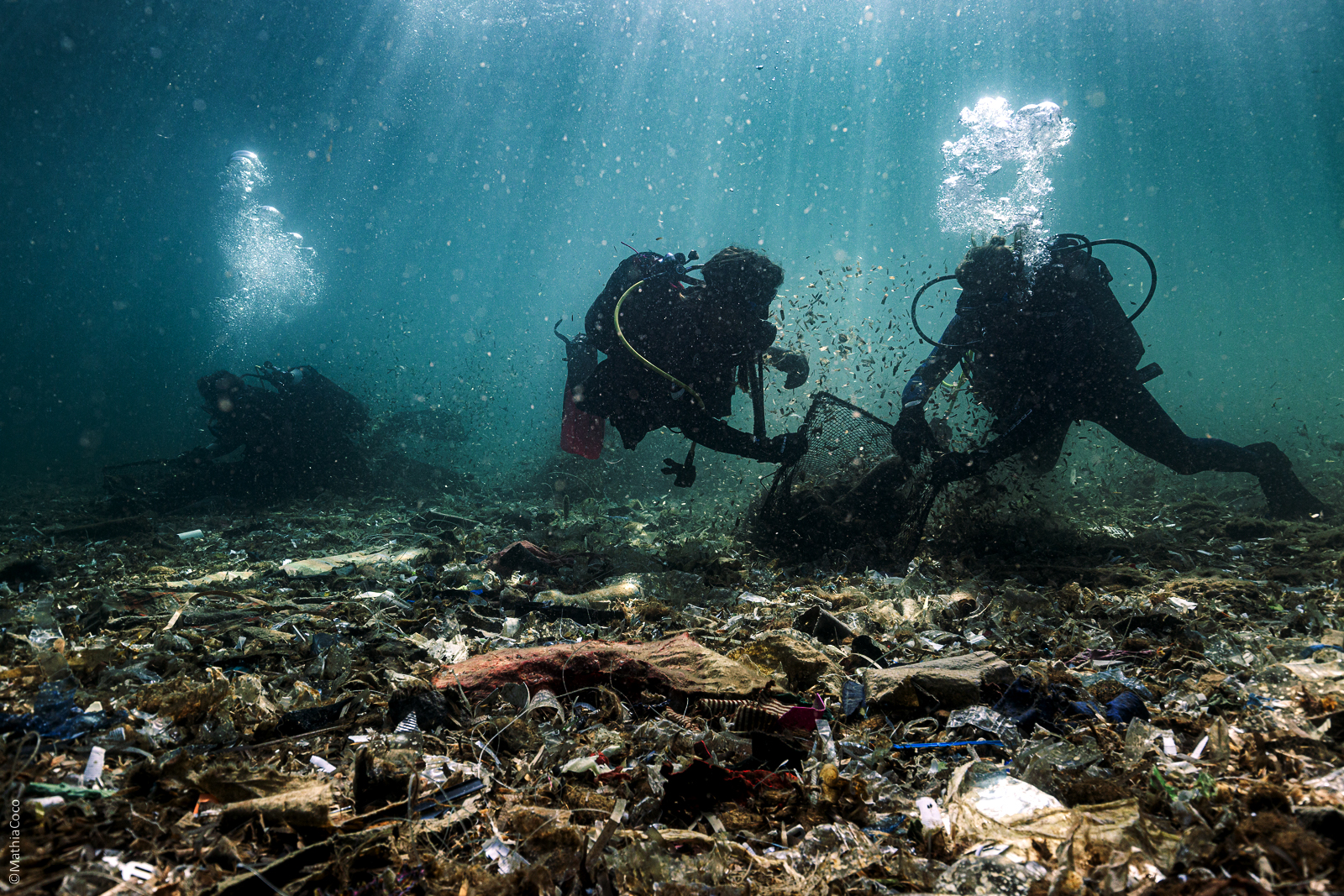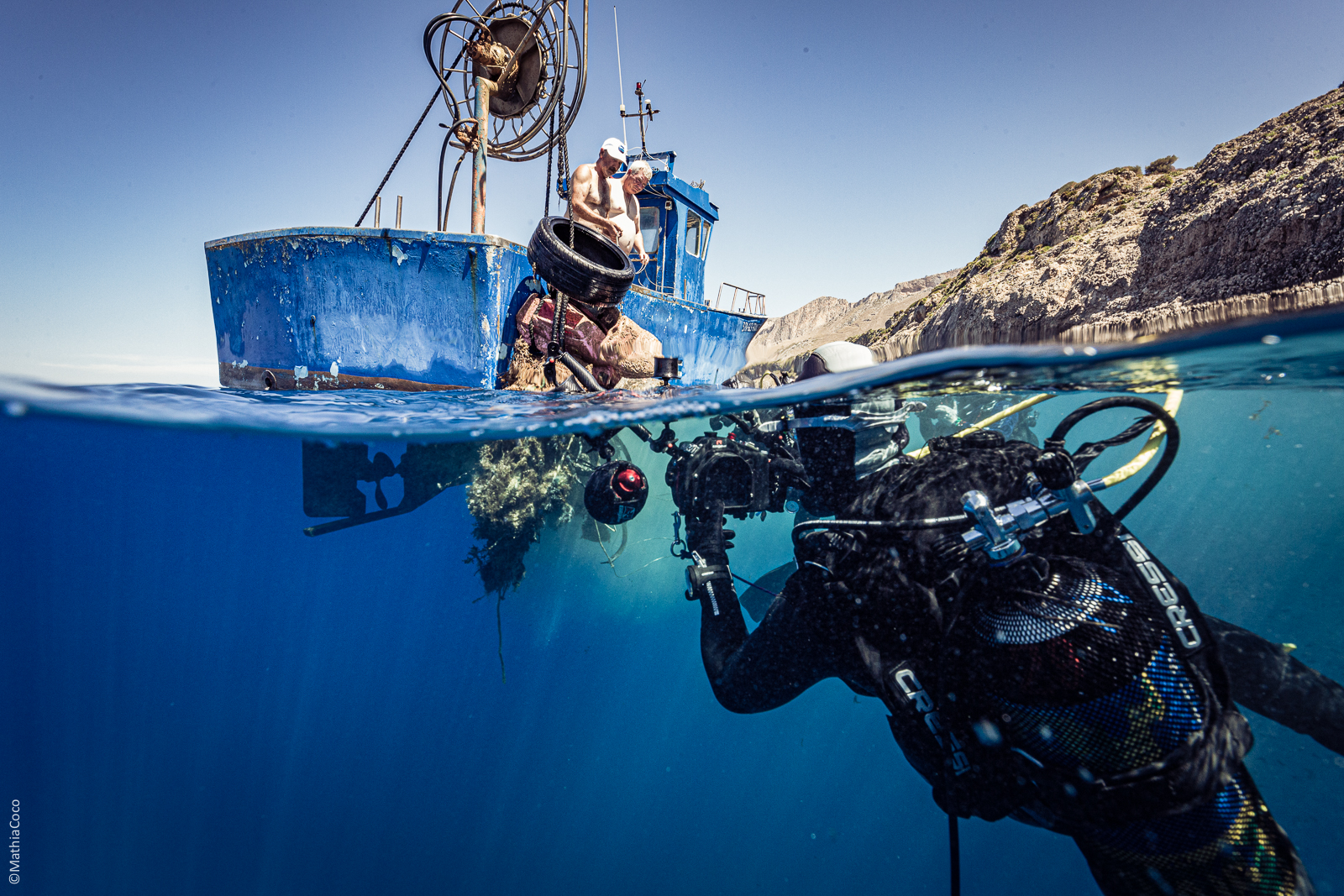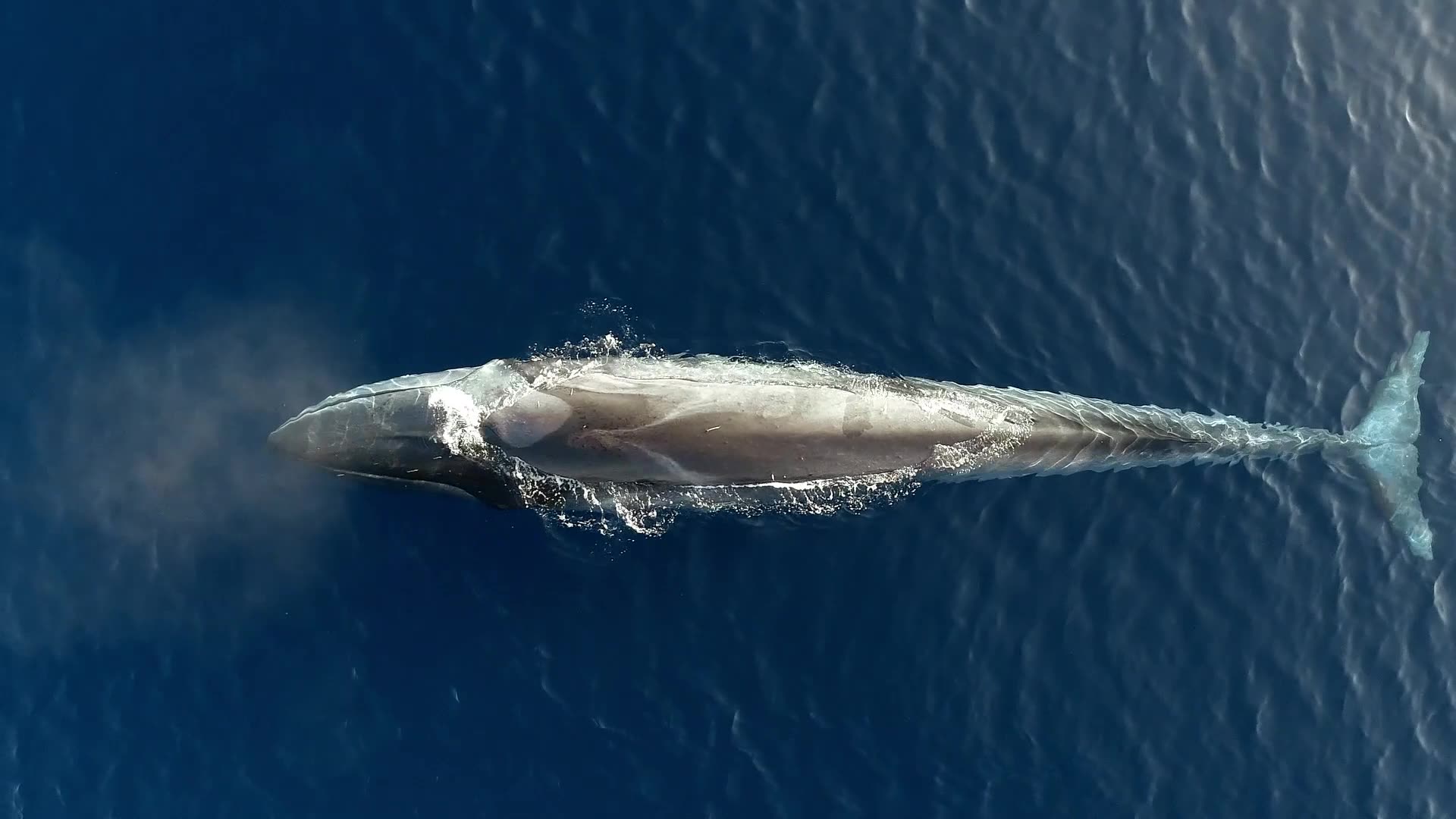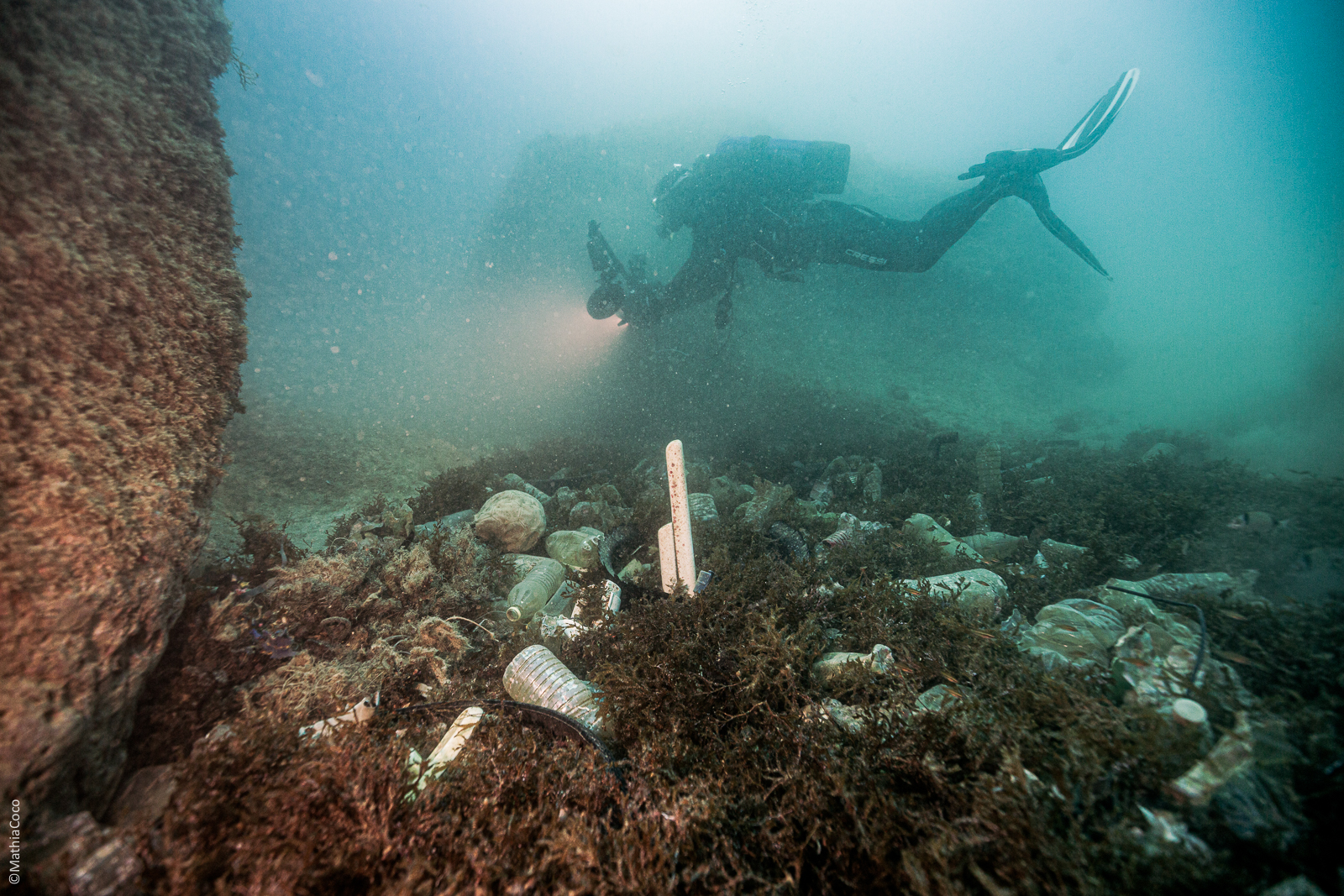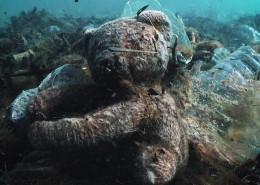More than 90% of the waste that ends up in the sea sinks. The devastating impact of marine litter is now a worldwide phenomenon, and filmmaker Igor D’India is engaging Sea Shepherd and CNR (National Research Center) scientists to seek a solution to this almost unknown aspect of the environmental crisis, starting from his homeland Sicily (Italy). He will employ both divers and wire-guided robots (ROVs) capable of descending to depths of -600mt to search for marine litter and try to find a solution to clean up.
In 2016 CNR and The Sapienza University of Rome in Italy published research about massive benthic litter funnelled to the deep sea in the Strait of Messina.
The waste they found in underwater canyons, employing the use of a sophisticated ROV, is not an isolated case, but according to the scientists is part of a phenomenon also found in different parts of the world, from Gibraltar to Nice, from Korea to Africa.
At the end of June 2023, the CNR scientists helped the filmmaker in his last big mission at -600mt in the Strait of Messina, giving a solid scientific base to the documentary.
HOW IT ALL STARTED by IGOR D’INDIA
In 2019, I happened to read a scientific publication by Italian scientists that reported alarming data about the accidental discovery of a huge accumulation of litter at over -1000mt in the Strait of Messina.
According to scientists, this phenomenon called “marine litter” could affect all stretches of coastline in the world where there are rivers in front of marine canyons, close to highly populated urban areas.
I already was into protecting rivers and seas and I decided to look into it. I had no idea of the path I would have to take to complete this film.
THEME
The main theme is first and foremost a shared mission. All the people involved in the film have the same commitment: to protect the sea and its inhabitants from ourselves, through study, activism, and daily actions. This concept in the film is summarized as “creating a net of life, as opposed to the net of death.”
VISUAL STYLE
The film is shot with very different techniques, from vlogging to a more cinematic style, but it is never static.
We used the tripod only in a couple of scenes. This, combined with the multiplicity of cameras used, from film cameras to small ROV cameras, from action cameras to 360 underwater cameras, will give the viewers a chance to see marine exploration as they had never imagined it.


